Placemaking Postcards is a blog series from the Bass Center for Transformative Placemaking at Brookings where policymakers and practitioners guest-author promising placemaking efforts from across the U.S. and abroad that foster connected, vibrant, and inclusive communities. In line with the principle tenets of placemaking, the goal of the series is to recognize the community as the expert, highlight voices from the field, and to create a community of learning and practice around transformative placemaking.
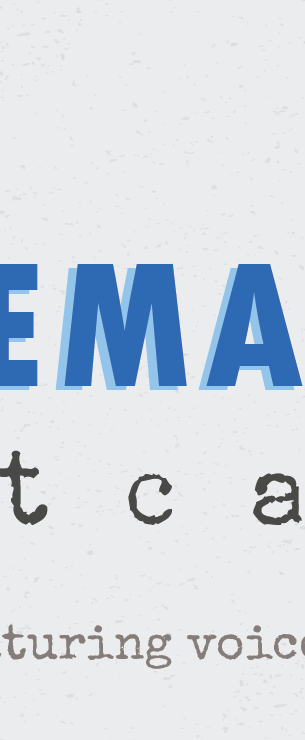 Just a couple of years ago, few would have described San Francisco’s Civic Center Plaza as a lively or inviting place to be. Associated with socioeconomic woes, at-risk populations, and frequent drug activity, the distressed area came to be seen by many as a manifestation of the city’s larger tensions around affordability, homelessness, and inequality. Its location right in front of City Hall served as a stark reminder that San Francisco’s prosperity is not being shared evenly.
Just a couple of years ago, few would have described San Francisco’s Civic Center Plaza as a lively or inviting place to be. Associated with socioeconomic woes, at-risk populations, and frequent drug activity, the distressed area came to be seen by many as a manifestation of the city’s larger tensions around affordability, homelessness, and inequality. Its location right in front of City Hall served as a stark reminder that San Francisco’s prosperity is not being shared evenly.
City officials wanted to revive Civic Center Plaza, but knew their efforts wouldn’t work if they masked its challenges, or worse, criminalized or displaced the people who have come to call it home. So, instead of turning to policing or hostile architecture as a solution—which has increasingly been critiqued by nonprofits, advocates, and residents alike—city officials took a different approach. They invited diversity into the space by employing “place managers” with lived experience engaging with vulnerable groups and the ability to connect with the broader community.
A more inclusive approach to place management
In 2015, San Francisco’s Office of Economic and Workforce Development (OEWD), along with the Recreation and Park Department and Planning Department, launched the Civic Center Initiative, a collaborative effort to transform three linked public spaces—Civic Center Plaza, UN Plaza, and Fulton Street—into inclusive, welcoming, and safe places. The effort is a public-private partnership between the City, the Civic Center Community Benefit District, and other partners that include the arts, education, and business community. Most visibly, the initiative has completed two physical improvements to the area: the transformation of two playgrounds into family-friendly spaces and the opening of a permanent food kiosk operated by Bi-Rite, a local business with a “mission of creating community through food.”
Less visible, but equally significant, has been the introduction of a highly intentional management strategy that empowers vulnerable residents—including those who have experienced incarceration and face significant barriers to employment—to become stewards and managers of the space.
In 2016, Amy Cohen, director of neighborhood program development at OEWD, forged a partnership with Urban Alchemy (UA)—a nonprofit that works with communities at the intersection of extreme poverty, addiction, and mental illness—to deploy their staff as multifaceted place managers and ambassadors. Many UA staff have experienced long-term incarceration, which the partnership views as a valuable asset to their place management skills.
This lived experience enables them to take a gentler approach to managing unwanted behavior in the space. Rather than immediately policing such behavior, UA staff can interact with users in a friendly but firm way, providing order and safety while maintaining a welcoming environment.
“They have a Zen-like ability to deal with conflict, confusion, and discord,” says Cohen. “I can’t go up to someone and say, ‘Could you please not do that here?’…The police can do that, but they are coming from a place of law enforcement. Urban Alchemy works with law enforcement, but they can say, ‘Hey, we don’t do that here.’ It’s very different.”
The critical role of inclusive programming
Place management isn’t the only ingredient in Civic Center Plaza’s transformation. Inclusive programming also plays a critical role. From 2016 to 2018, Project for Public Spaces, with support from Southwest Airlines’ “Heart of the Community” program, worked with the Civic Center Initiative to expand their capacity for programming and management.
After working with stakeholders to identify new programming opportunities, Project for Public Spaces partnered with Downtown Streets Team—a local nonprofit that serves unhoused people—to develop inclusive and welcoming events and activities. Together, we created a free mobile game-lending cart dubbed KARTMA, which the Downtown Streets Team staff operates four days a week. The cart acts as a colorful anchor for the space, and its staff offers yet another way to engage vulnerable residents in creating a lively and dynamic environment.
Similar to the UA ambassadors, the key to KARTMA’s success is in the people who operate it. KARTMA coordinator Daniel Henry brings an indelible spirit to his work managing the games and interacting with people in the space. His attitude makes him accessible to the broadest range of people there, whether they want to borrow a chess set, ask for directions, or simply chat.
Today, if you wander through Civic Center Plaza, UN Plaza, or Fulton Street during lunch hour, you’ll find a series of lively activity hubs. At UN Plaza, crowds peruse locally grown food at the Heart of the City Farmers’ Market. Outside the Asian Art Museum on Fulton Street, there is a temporary turf field that hosts “lunch league” soccer games. On the steps of the public library across the street, people explore an interactive installation from the Exploratorium’s Studio for Public Spaces. Crossing into Civic Center Plaza, people grab food from local food trucks, socialize around movable tables and chairs, play free games, visit nearby playgrounds, and explore a large public art installation.
At moments like this, there seems to be an effortless, virtuous cycle of use begetting use in these spaces. As urban researcher William H. Whyte once put it, “What attracts people most, it would appear, is other people.” But this kind of inclusive, inviting atmosphere in public space is not inevitable. It requires the constant care and attention of stewards with emotional intelligence and a commitment to making a place work well for everyone—the kind of care that Urban Alchemy and Downtown Streets Team help provide.
Improving public spaces by investing in communities
Too often, cities turn to hostile design and punitive enforcement as a solution to public space challenges. This choice feeds a cycle of disuse and distress, making the space uncomfortable and unwelcoming for both vulnerable groups and the public.
Instead, as the Civic Center Initiative demonstrates, public space managers can change perceptions of places by demonstrating care for the space and the people in it, and treating everyone with the respect they deserve.

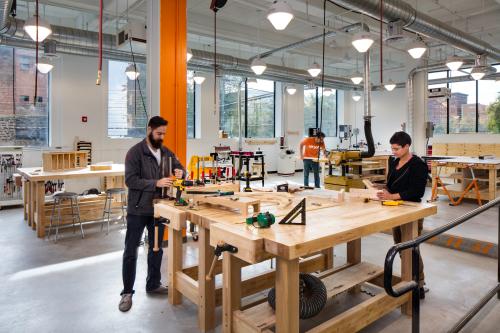
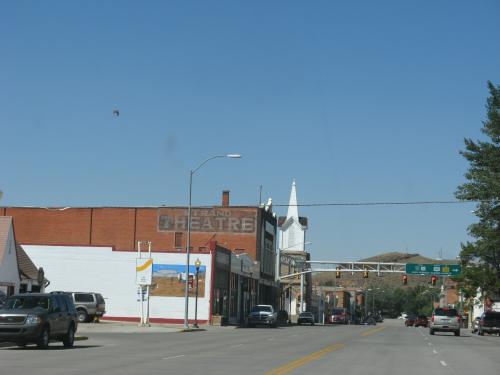
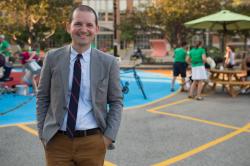

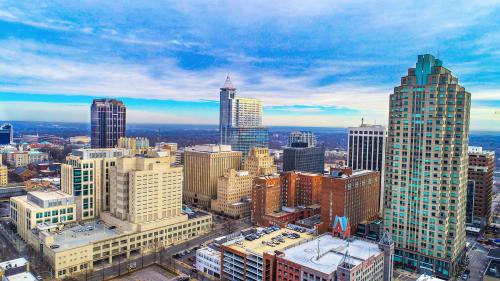
Commentary
How San Francisco is adopting inclusive place management to revive its Civic Center Plaza
February 3, 2020